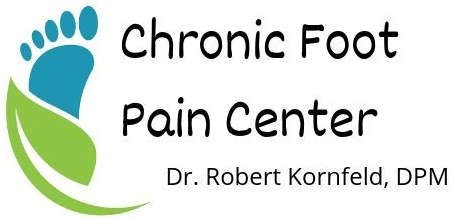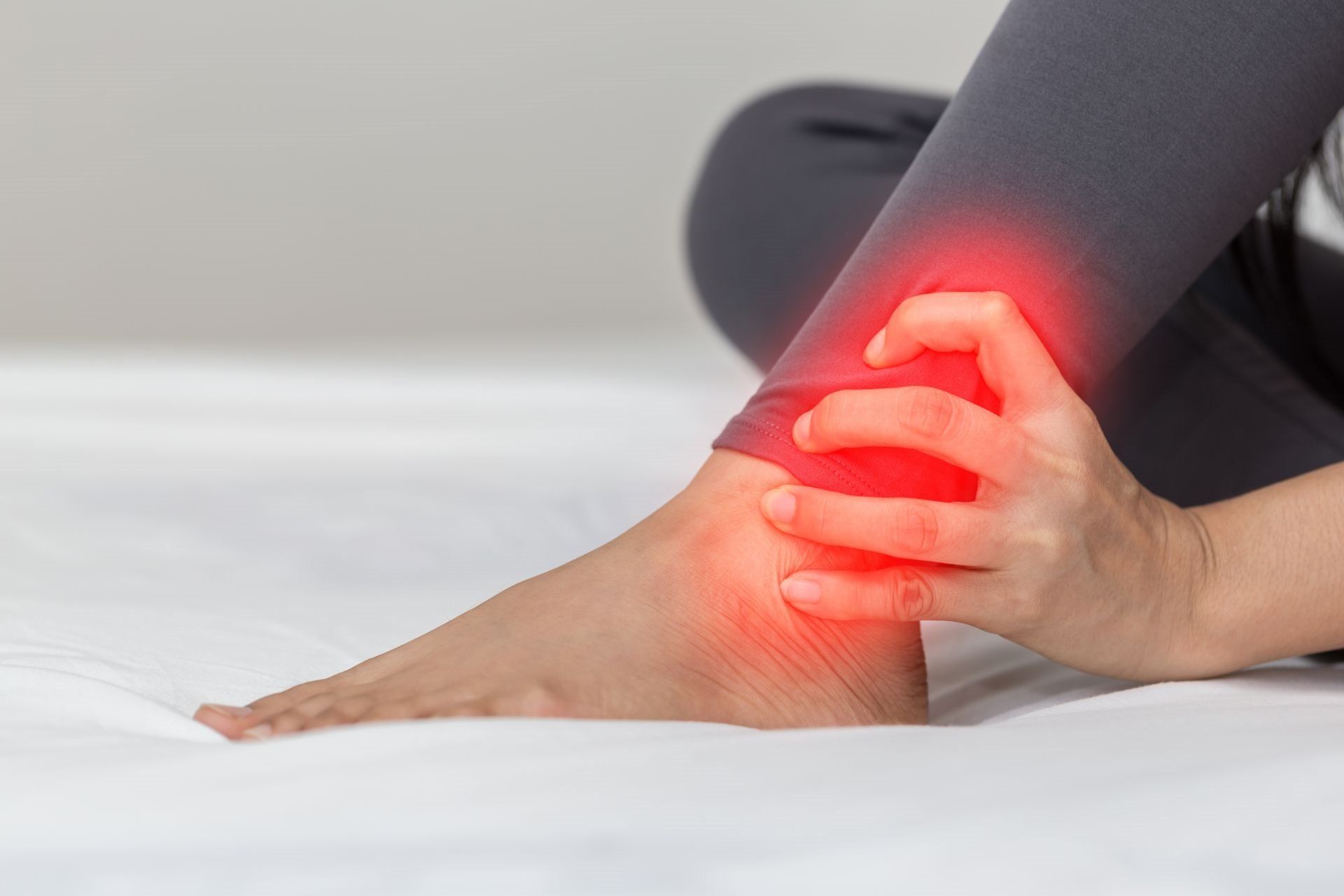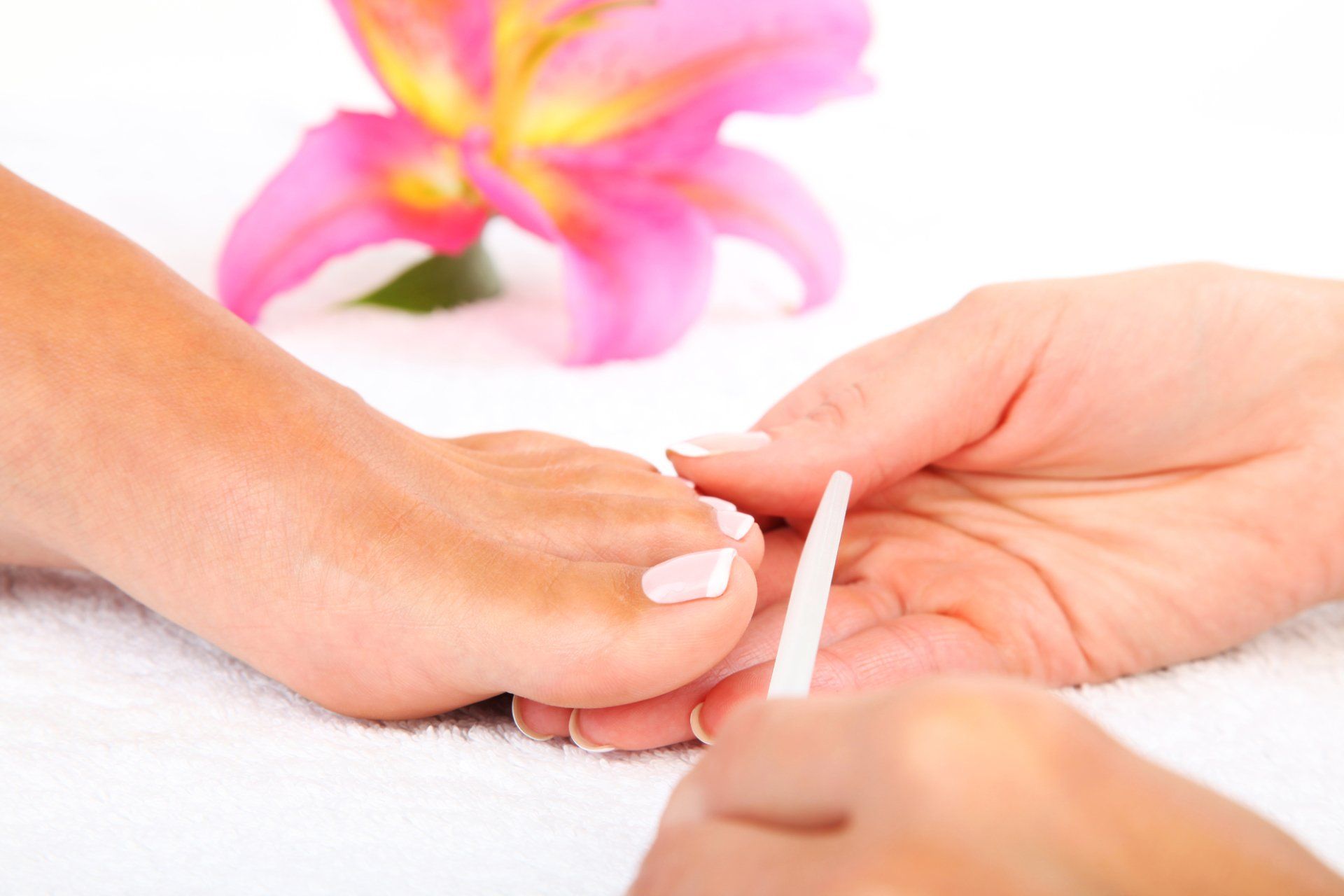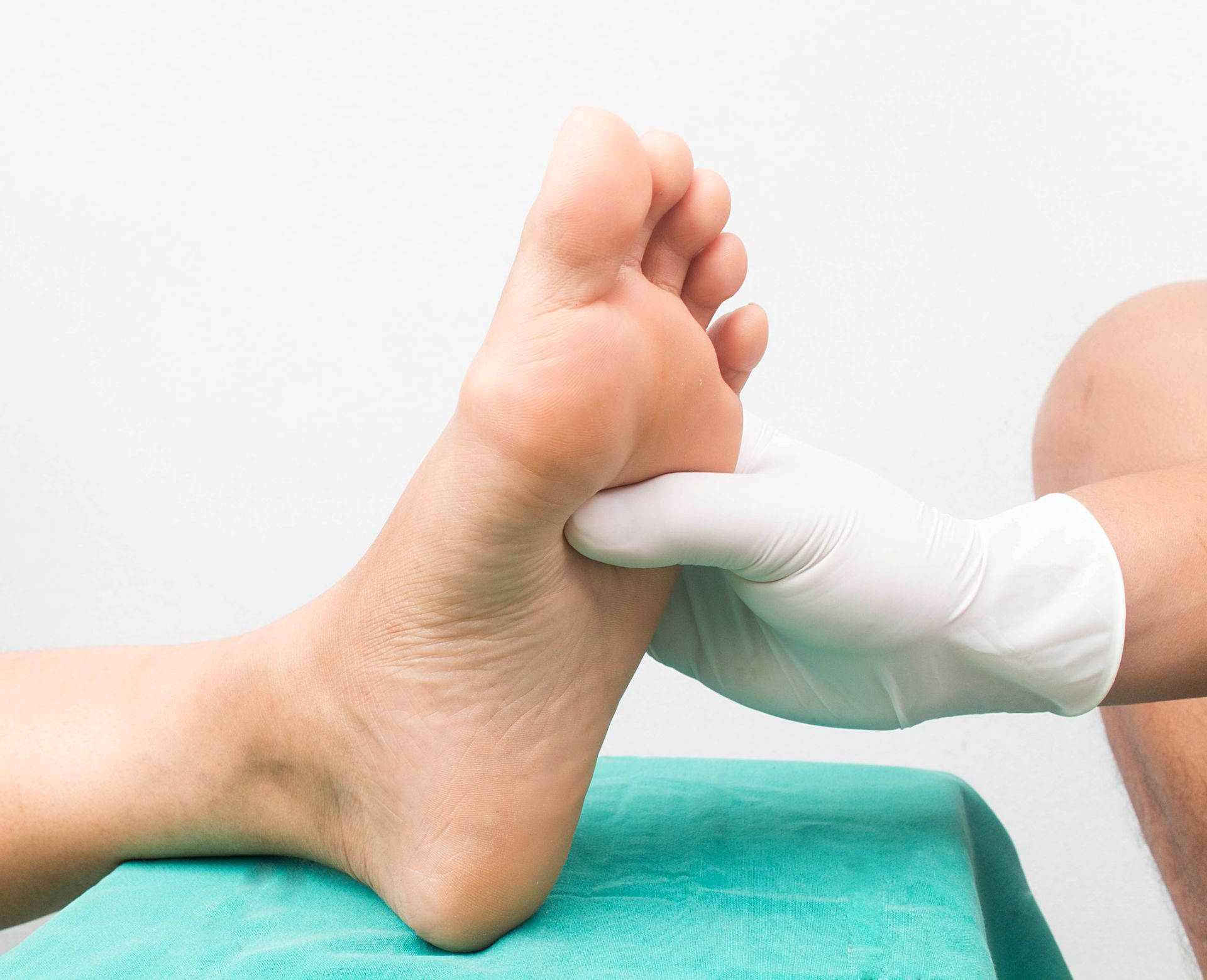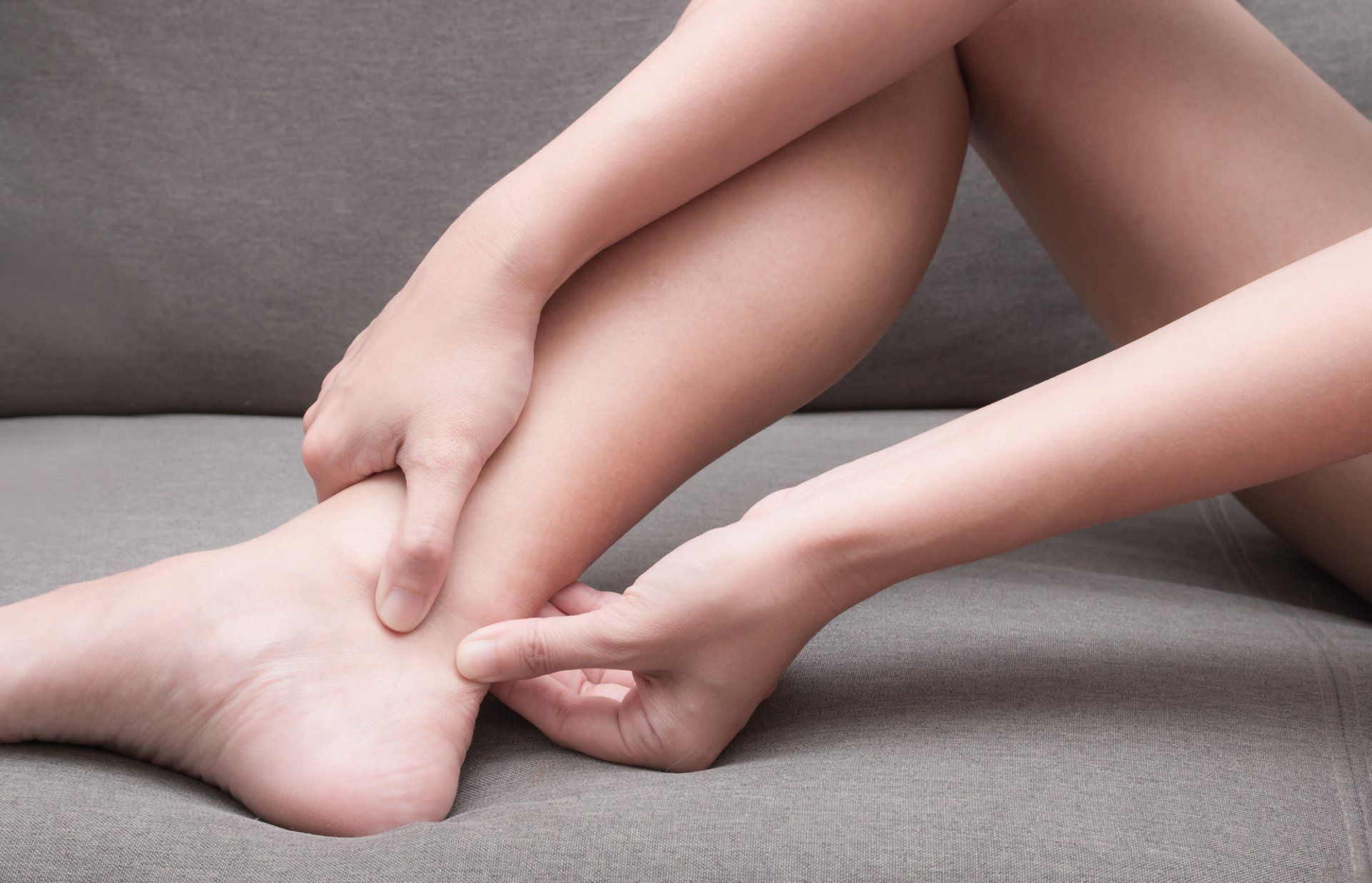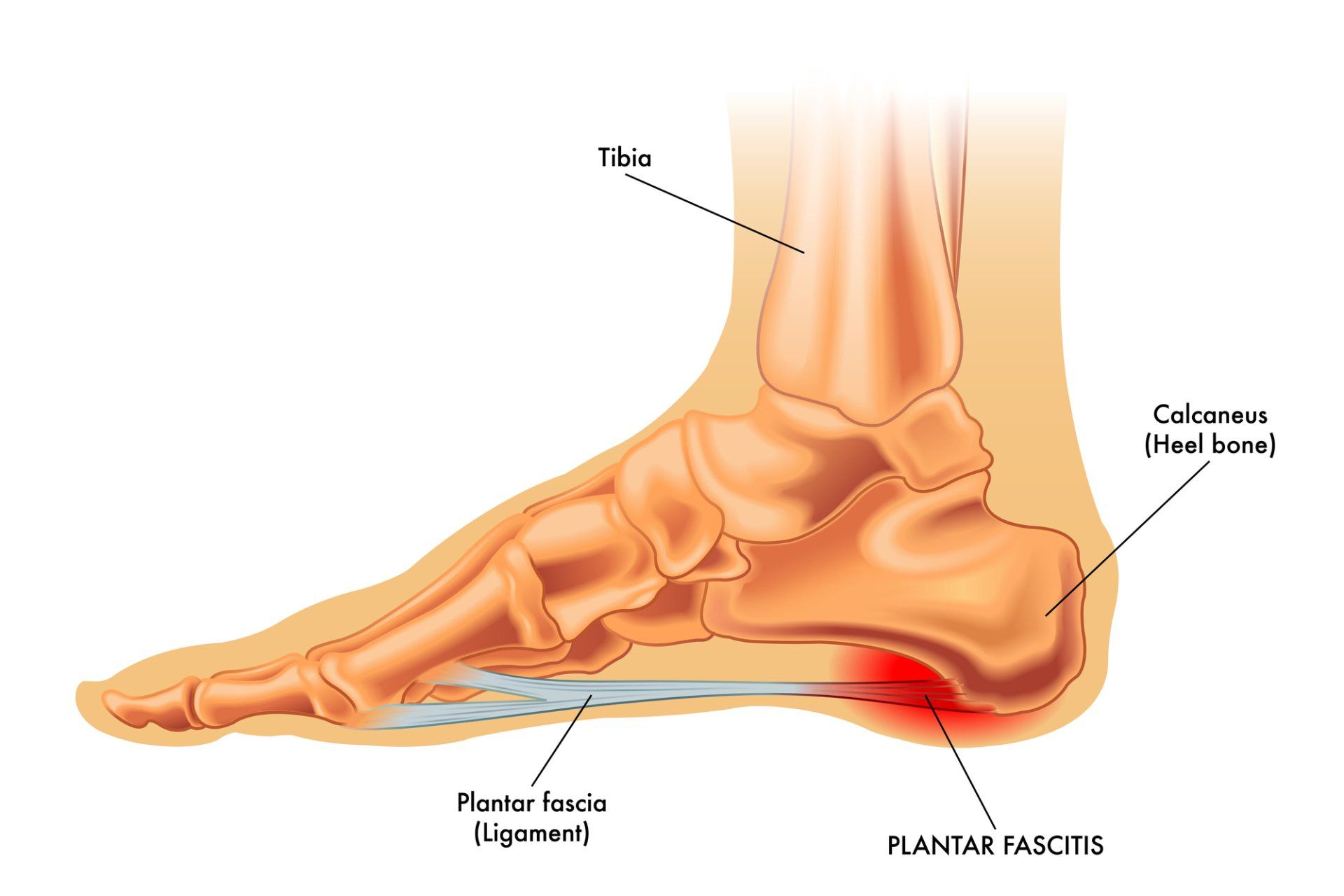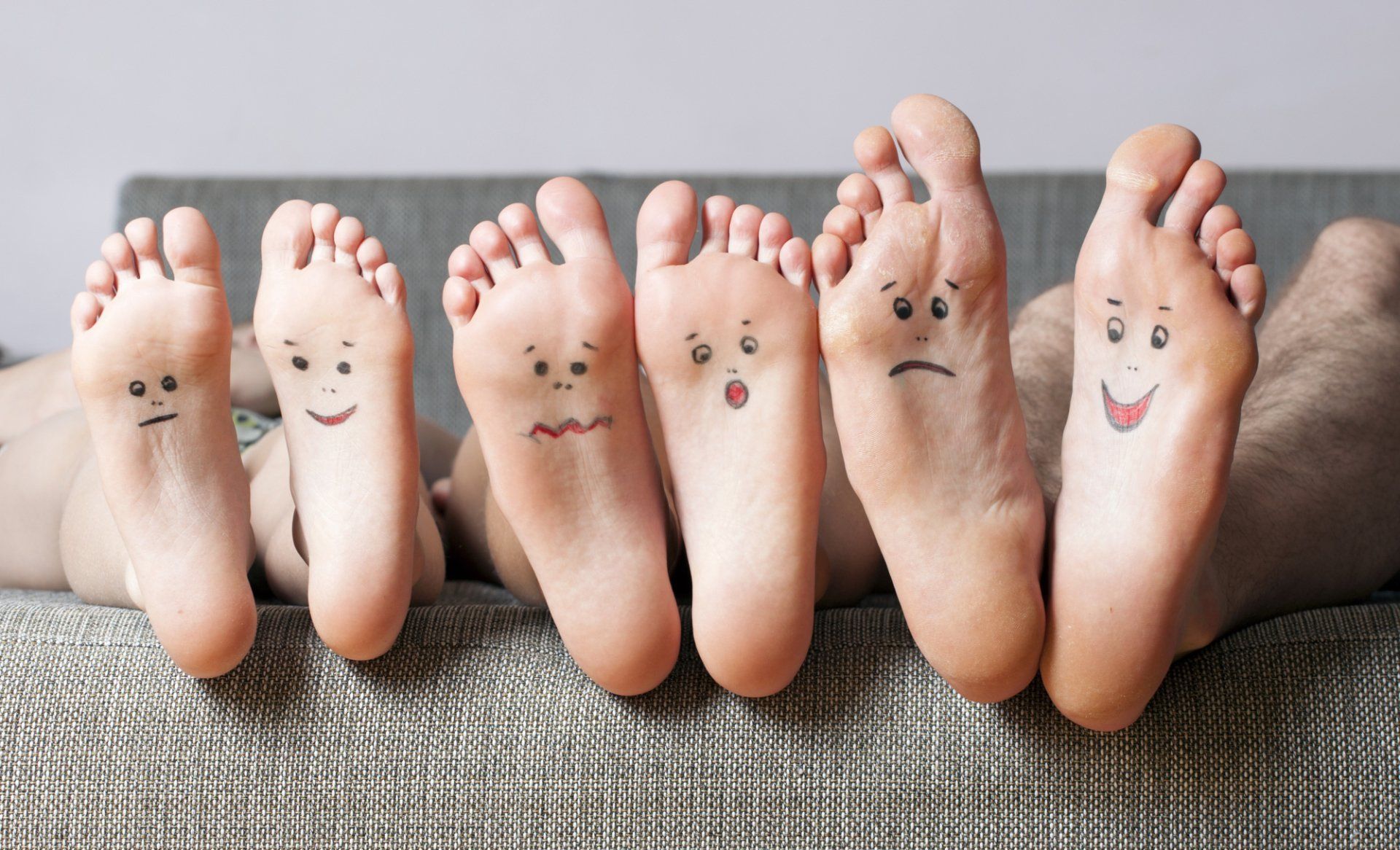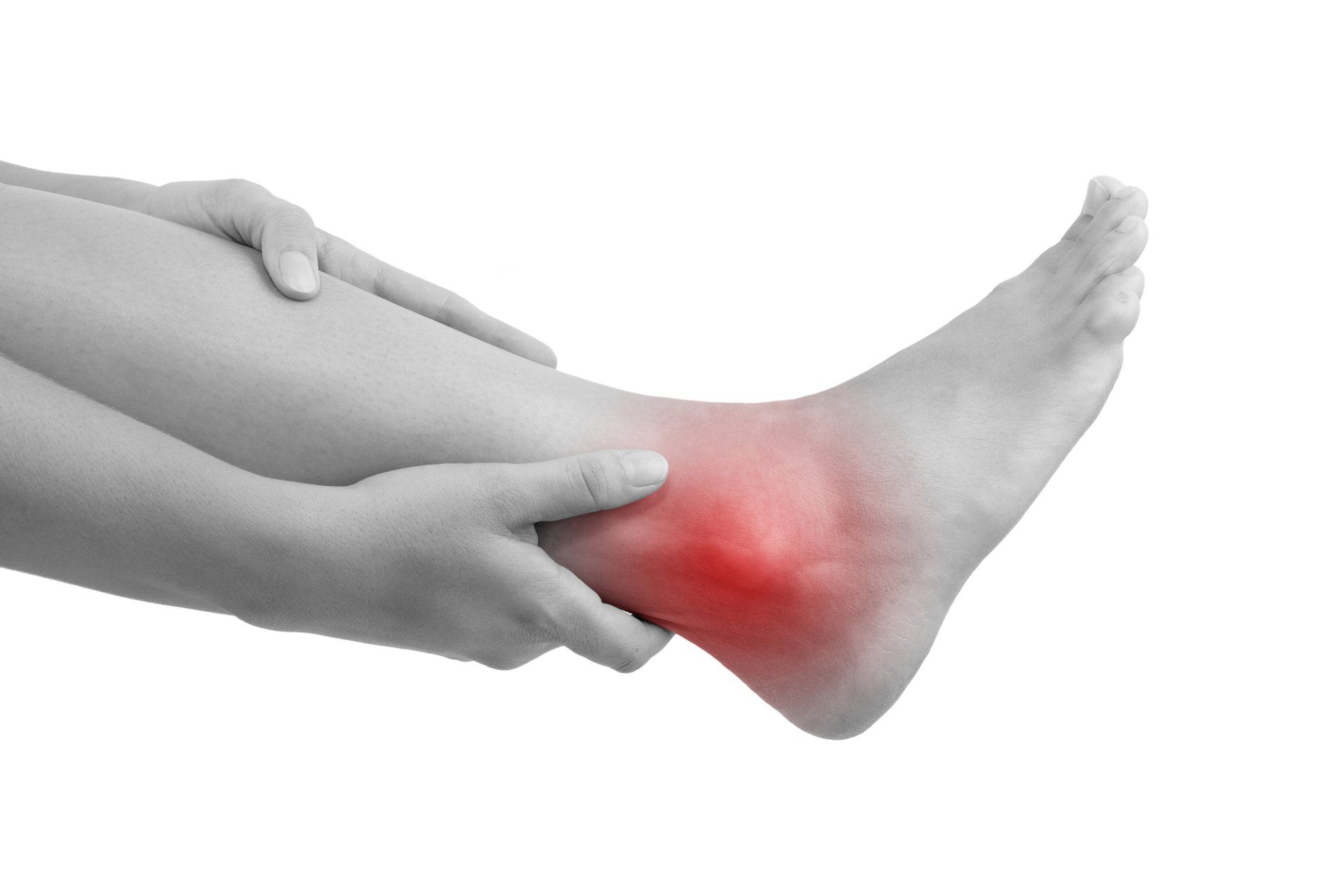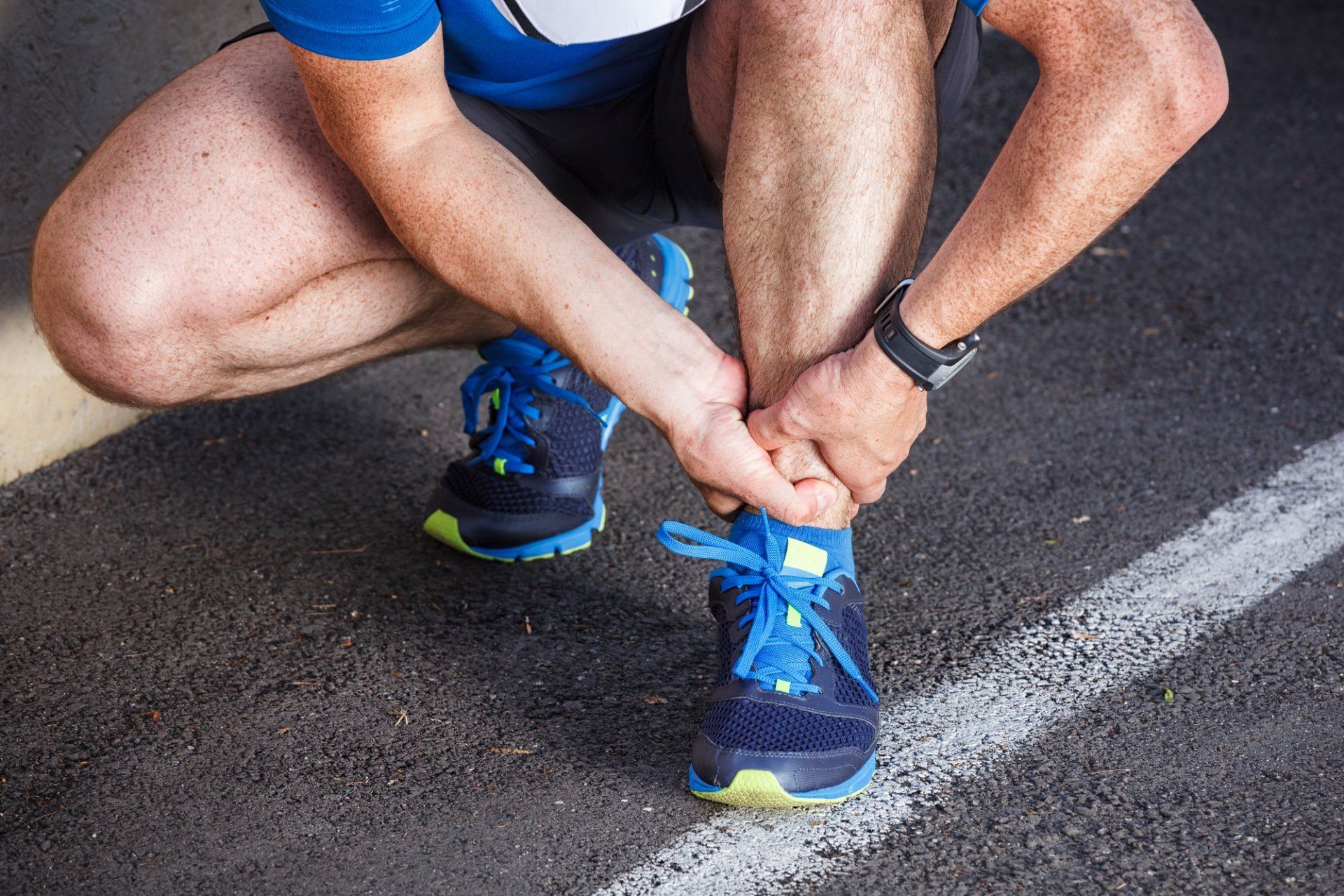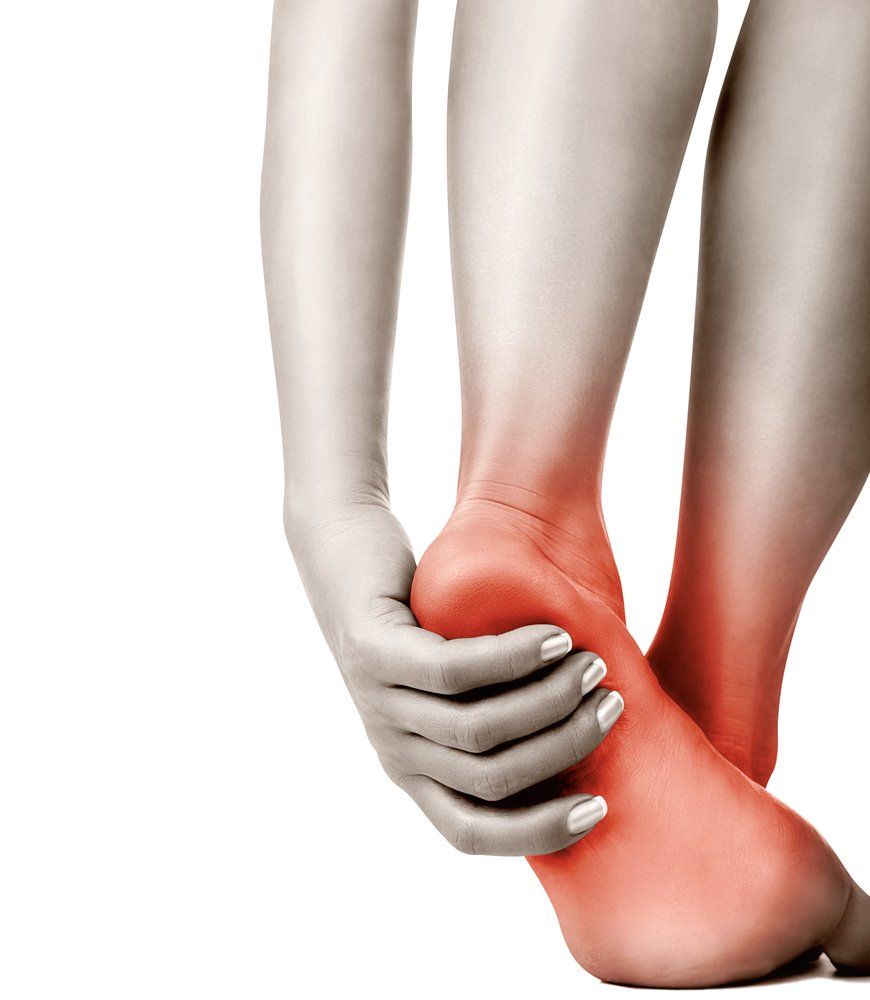Accepting New Patients
Is It Healthy To Go Barefoot All Day — Or Should I Wear Shoes?
Is It Healthy To Go Barefoot All Day — Or Should I Wear Shoes?
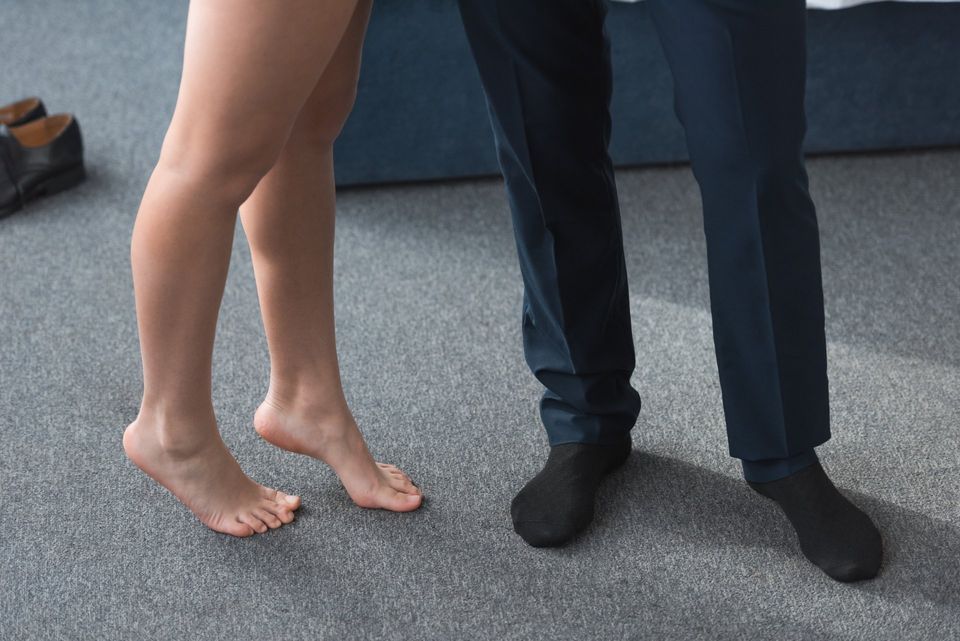
Going barefoot in an office may be a bit of a faux pas, but kicking off your shoes at home is totally acceptable. While forgoing shoes is one perk of working from home, is it healthy to be barefoot all day?
To solve the question afoot, mbg spoke with a holistic podiatrist—here's what he has to say about wearing, or not wearing, shoes throughout the day.
Is it healthy to be barefoot all day?
While there are some benefits to walking barefoot, certain factors, such as a person's foot type, the time they spend standing, and the type of surface they're standing or walking on can make it not so healthy, says Robert Kornfeld, DPM.
There are two common foot-type classifications: rigid and flexible. People with rigid foot types have less of a problem walking barefoot on grass, carpet, or other soft surfaces. Whereas people with flexible feet function better on harder surfaces, like wood or tile, he explains.
Not sure which type you have? Take a look at your feet. Kornfeld says, if you have a high arch with contracted digits and a bump on the top of the foot, it's probably rigid. If you have a low arch, bunions, or hammertoe, it's probably flexible.
When the foot's anatomy clashes with the walking dynamics (i.e., surface, activity level, etc.), Kornfeld says it's time for support.
What happens if feet aren't properly supported?
"If the foot is pushed past its physiologic limits, then cellular injury can occur," Kornfeld says. Generally, a primary inflammation pathway in the body helps to repair and replace injured or dead cells. If the injury persists or the pathway is ineffective, it may lead to chronic inflammation and pain in the foot, Kornfeld explains.
Older adults or people with compromised immune systems from poor diet, dehydration, inadequate sleep, stress, parasites, or digestive orders, are at a higher risk of chronic pain syndromes, he adds.
One of the most common injuries from prolonged standing is plantar fasciitis, which is an inflammation of the ligament that supports the arch. "The band (the plantar fascia) supports four layers of muscles running from the heel through the arch of your foot to your toes," board-certified podiatrist Doug Tumen, DPM, FACFAS, writes for mbg. "Pain is usually felt where the plantar fascia attaches to the bottom of the heel bone."
Another common injury is inflammation in the ball of the foot, Kornfeld says. This can lead to the joint capsulitis, an overuse injury, or metatarsal bursitis, which leads to inflammation and pressure.
How to support the feet to avoid injury.
Because everyone's feet are different, seeing a podiatrist or physical therapist to determine the best plan of action for yourself would be helpful. A good rule of thumb, though, would be to go barefoot or wear slippers while sitting but a supportive shoe while standing. Kornfeld recommends a soft sneaker with orthotics in them, even at home.
If you already have plantar fasciitis, it's best not to go barefoot at all. "Slip your feet directly into a shoe when you get out of bed," Tumen says. "Continue to protect the heel until it gets better." This 15-minute foot stretch may also help.
Bottom line.
"In an ideal world, we would see far fewer foot problems if we were still walking barefoot on natural surfaces," Kornfeld says. "In more ancient, traditional, shoeless societies, this appears to be the case." However, since most people's feet aren't conditioned for that, providing support when standing is the safest option.
-Published on mindbodygreen.com
LONG ISLAND
Dr. Robert A. Kornfeld, DPM, Holistic Podiatrist
551 Port Washington Blvd. Port Washington, N.Y. 11050
(516) 369-3172
(516) 945-0888
MANHATTAN
Dr. Robert A. Kornfeld, DPM, Holistic Podiatrist
127 East 56th St. 4th Floor, New York, N.Y. 10022
(516) 369-3172
(516) 945-0888
All Rights Reserved | Chronic Foot Pain Center
